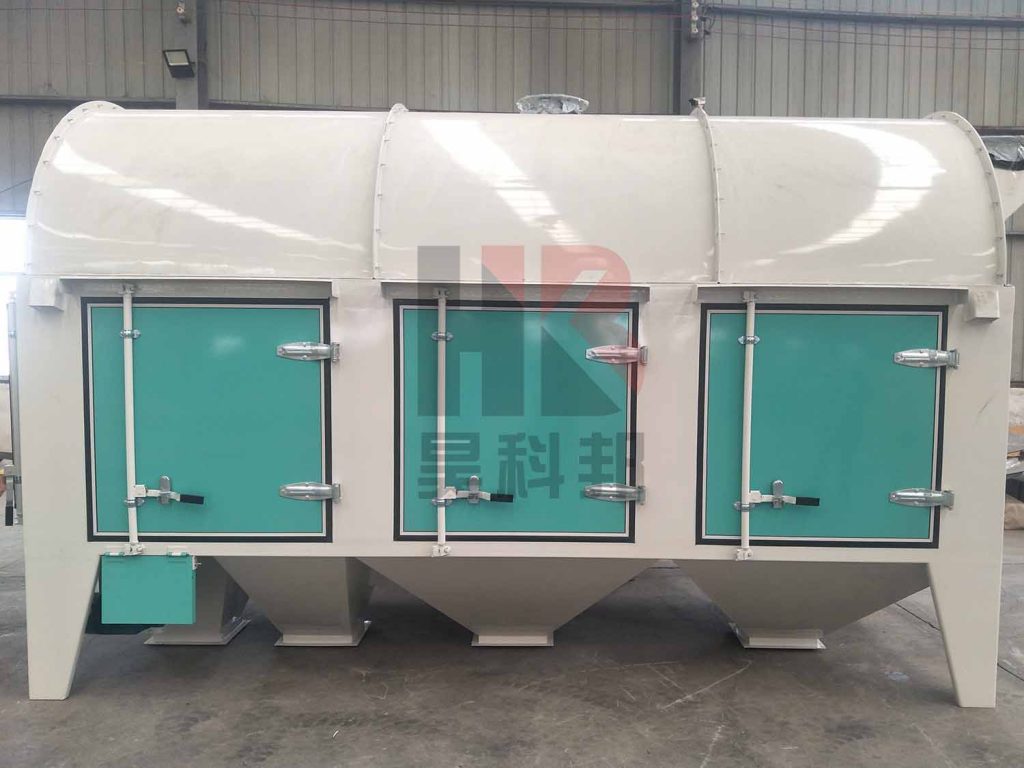In the grain processing and storage industry, mastering the operation process of the cylindrical initial cleaning screen is crucial. Here is a detailed analysis of its core operation steps.

After starting the cylindrical initial cleaning screen, operators must ensure grain is fed uniformly into the equipment. This can be achieved by adjusting the flow control valve of the feeding device. Uniform feeding prevents grain accumulation or interruption, ensuring continuous screening and stable results.
During operation, operators need to closely monitor key parameters such as motor current, voltage, and cylinder speed. Subtle changes in these parameters can reflect the equipment's operating condition. For example, a sudden increase in current may indicate screen blockage or excessive grain flow; abnormal speed may be related to transmission system faults. Operators should judge and handle abnormalities based on the equipment's normal parameter range.
Regularly checking the grain outlet and impurity discharge port of the cylindrical initial cleaning screen is essential to ensure screening effectiveness. Observe the screening results to ensure they meet the expected standards and check if impurities are discharged smoothly. If screening is poor, such as excessive impurity content or poor impurity discharge, promptly adjust parameters like screen hole size and cylinder speed to optimize screening. Flexibly adjust the equipment's operating parameters according to different grain types and quality requirements to achieve precise screening and provide high-quality assurance for subsequent grain processing or storage.